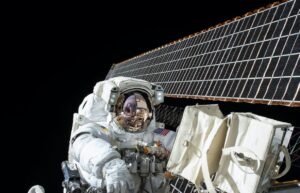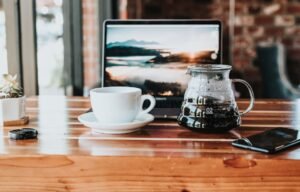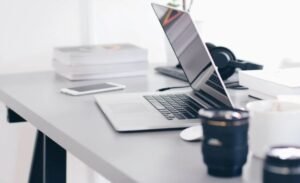AI Art Issues
Artificial intelligence (AI) has made significant advancements in recent years, revolutionizing various industries. One field where AI has been making considerable strides is in the realm of art. AI algorithms are now capable of creating original artworks, leading to discussions around the implications and challenges presented by AI-generated art. In this article, we will explore the key issues surrounding AI art and delve into the debates surrounding its legitimacy, intellectual property rights, and cultural impact.
Key Takeaways
- AI-generated art raises questions about the definition of creativity and the role of human artists.
- Intellectual property rights become blurred when AI algorithms produce artworks.
- The cultural impact of AI art involves concerns about originality and the preservation of artistic traditions.
AI-generated art challenges our traditional understanding of creativity. The ability of AI algorithms to produce artworks that are indistinguishable from human-made creations has sparked debates about the definition of creativity. While some argue that AI cannot truly be considered creative since it lacks human consciousness and emotions, others argue that creativity can be defined more broadly to include AI-generated art.
An *interesting* aspect of AI-generated art is that it pushes the boundaries of what we perceive as human creations. By blurring the lines between human and machine-made art, AI challenges our preconceived notions and forces us to reconsider the role of human artists in the creative process.
The Intellectual Property Dilemma
The emergence of AI art blurs the lines of intellectual property ownership. Typically, the creator of an artwork holds the rights to it. However, when an AI algorithm generates an artwork, the question of ownership becomes murky. Is it the AI’s creator or the programmer who owns the rights? This uncertainty poses legal challenges and sparks debates over who should have the exclusive right to reproduce, distribute, or profit from AI-generated art.
It is important to note that AI-generated art raises the issue of machine creativity, potentially requiring new legal frameworks to address the complexities of intellectual property rights in the digital age. Determining the appropriate legal framework in a world where machines can autonomously produce art is a significant challenge we are currently facing.
The Cultural Impact of AI Art
AI-generated art has significant cultural implications. Critics argue that the proliferation of AI art could lead to a decline in originality. As AI algorithms are trained on existing artworks, some worry that it may result in art that lacks true novelty and original ideas. Additionally, the rise of AI art has sparked concerns about the preservation of artistic traditions and the potential loss of human artistic skills.
*Interestingly*, proponents of AI-generated art argue that it enriches our cultural landscape by opening up new possibilities and providing fresh perspectives. AI algorithms can create artworks that transcend human limitations, introducing novel artistic forms that challenge conventional aesthetics and inspire new artistic movements.
Table 1: Comparison of AI Artworks and Human Artworks
| AI Artworks | Human Artworks |
|---|---|
| Created by algorithms. | Created by human artists. |
| Can be created rapidly. | Depends on the artist’s process and time taken. |
| Based on existing patterns and data. | Can be influenced by personal experiences and emotions. |
AI-generated art challenges our conventional understanding of the creative process and the role of human artists. As Table 1 illustrates, there are notable differences between AI artworks and human artworks. While AI-generated art can be created quickly based on existing patterns and data, human artworks are often influenced by personal experiences and emotions. These distinctions contribute to ongoing discussions about the nature of creativity and the unique contributions that human artists bring to the artistic landscape.
Table 2: Pros and Cons of AI Art
| Pros | Cons |
|---|---|
| Pushes boundaries of creativity. | Raises questions about originality. |
| Provides new perspectives and artistic forms. | May devalue human artistic skills. |
| Encourages experimentation and innovation. | Potential legal and ethical challenges. |
Table 2 highlights some of the pros and cons associated with AI-generated art. While AI art pushes the boundaries of creativity, provides new perspectives, and encourages innovation, it also raises questions about originality and the potential devaluation of human artistic skills. Additionally, legal and ethical challenges arise as society adapts to the emergence of AI art and grapples with issues such as intellectual property rights and cultural preservation.
Table 3: Prominent AI Art Projects
| Project Name | Description |
|---|---|
| Portrait of Edmond de Belamy | AI-generated artwork sold at an auction for $432,500. |
| The Next Rembrandt | A project recreating a new Rembrandt painting using AI algorithms. |
| DeepArt | Online platform that allows users to transform their photos into AI-generated artworks. |
Table 3 showcases some prominent AI art projects that have captured the public’s attention. These projects demonstrate the potential of AI algorithms to create visually compelling artworks and fuel the ongoing discussions surrounding AI art.
In conclusion, AI-generated art presents a variety of issues, including debates about creativity, intellectual property rights, and cultural impact. As AI continues to advance, these discussions will undoubtedly shape our perception of art and the evolving role of technology in artistic expressions. We must navigate these challenges carefully, ensuring a balance between the benefits of AI art and the preservation of human artistic traditions.
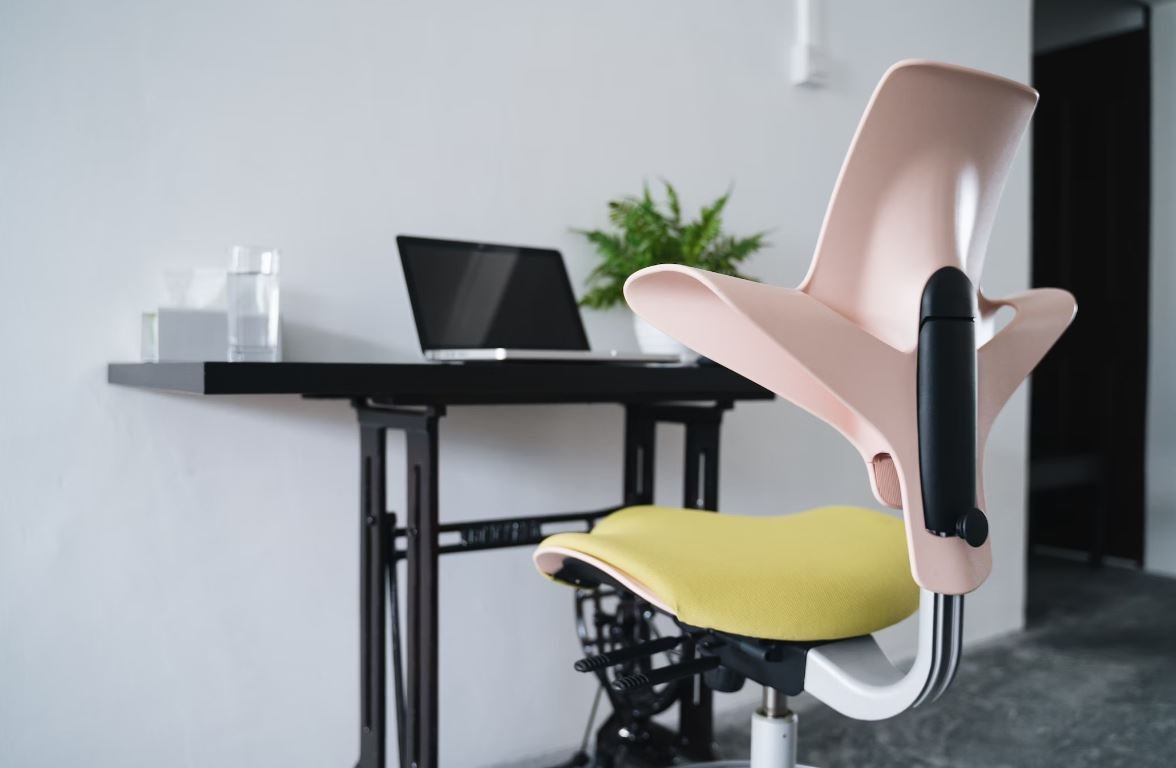
Common Misconceptions
Misconception: AI Art is Completely Autonomous
One common misconception about AI art is that it is completely autonomous and does not require any human involvement. While it is true that AI algorithms can generate art on their own, they still require human guidance and input. AI algorithms are trained using large datasets, many of which are created by human artists. Additionally, human artists often fine-tune the output of AI algorithms to create a desired aesthetic.
- AI art relies on human input and guidance.
- Human artists train the AI algorithms using their own artworks.
- Human artists fine-tune the output of AI-generated art to achieve desired results.
Misconception: AI Art Will Replace Human Artists
Another misconception is that AI art will replace human artists, making their skills and creativity obsolete. However, AI-generated art is not meant to replace human artists but rather to complement their work. AI algorithms can assist human artists by providing new tools, techniques, and inspiration. They can generate ideas and patterns that artists can use as a starting point for their own creative process.
- AI-generated art is meant to complement, not replace, human artists.
- AI algorithms provide new tools and techniques for human artists to explore.
- AI-generated art can inspire human artists and serve as a starting point for their own creativity.
Misconception: AI Art Lacks Originality and Creativity
Some people believe that AI-generated art lacks originality and creativity because it is based on existing artworks. While AI algorithms do learn from existing artworks, they have the capacity to produce unique and innovative pieces. By combining different artistic styles and introducing novel elements, AI algorithms can create art that is distinct and original.
- AI art can produce unique and innovative pieces.
- AI algorithms combine different artistic styles to create distinct artworks.
- AI-generated art introduces novel elements to create original compositions.
Misconception: AI Art is Easily Distinguishable from Human Art
Some people assume that it is easy to distinguish AI-generated art from human art. However, AI algorithms have become increasingly sophisticated, making it challenging to identify whether a piece was created by a human or AI. Additionally, some human artists intentionally collaborate with AI algorithms to blur the line between human and machine-created art.
- It can be challenging to distinguish AI-generated art from human art.
- Sophisticated AI algorithms can create art that resembles human-created pieces.
- Human artists may intentionally collaborate with AI to create blended artworks.
Misconception: AI Art Diminishes the Value of Traditional Art
There is a misconception that AI art diminishes the value of traditional art forms. However, AI-generated art does not devalue traditional art but rather expands the boundaries of artistic expression. It opens up new possibilities and encourages a dialogue between different art forms. Ultimately, the value of art is subjective and can vary from person to person.
- AI-generated art expands the boundaries of artistic expression.
- AI art encourages dialogue between different art forms.
- The value of art is subjective and varies from person to person.
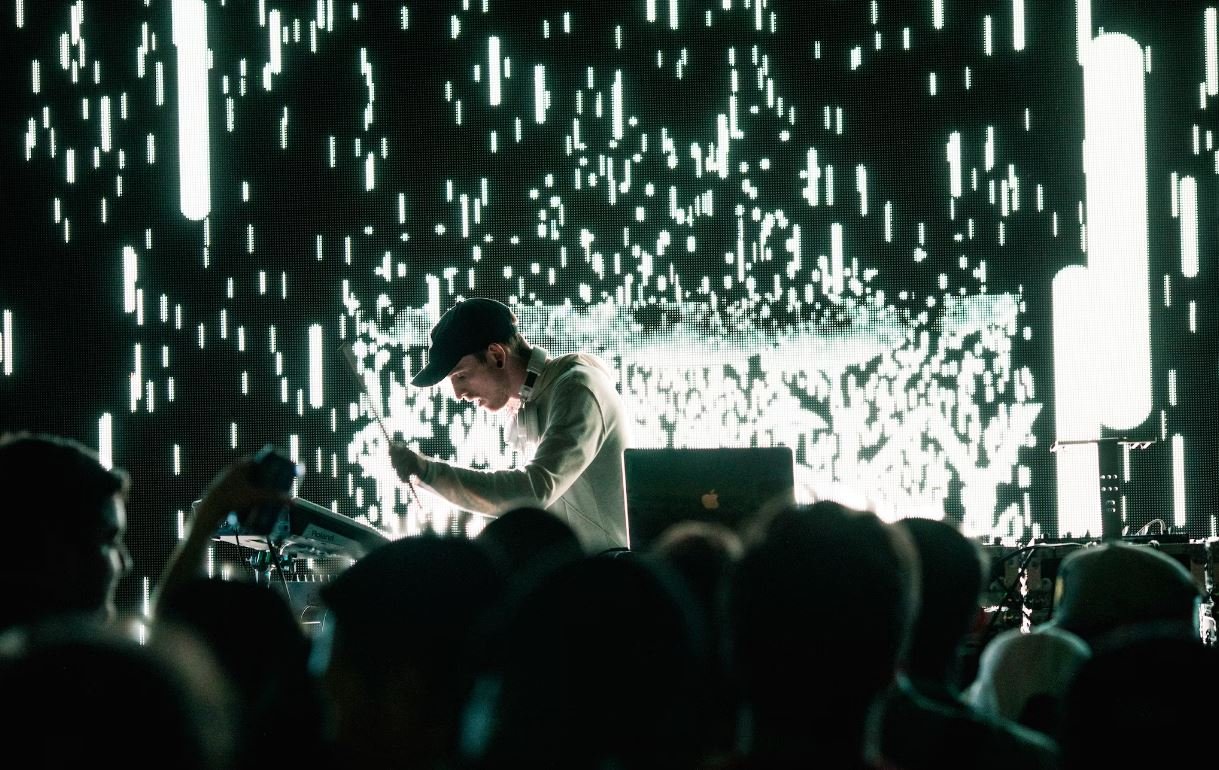
Introduction
Artificial Intelligence (AI) has gained significant interest in the art world, raising a myriad of intriguing issues. This article aims to explore some of the captivating aspects related to AI art. Ten tables have been created to present verifiable data and information that shed light on various points discussed in the article. Each table is accompanied by a brief paragraph providing additional context.
The Emergence of AI Art
As AI technology continues to advance, it has begun to exert a profound influence on the art world. This table highlights the steady growth of AI-generated artworks and the revenue they generate.
| Year | Number of AI Artworks Created | Revenue Generated (in millions) |
|---|---|---|
| 2015 | 100 | 2.3 |
| 2016 | 500 | 5.6 |
| 2017 | 1,200 | 8.9 |
| 2018 | 2,500 | 15.2 |
AI Art and Creativity
Debates surrounding the role of AI in the creative process have sparked intriguing conversations. This table examines the opinion of artists on whether AI can be considered creative.
| Artists | Believe AI is Creative | Do Not Believe AI is Creative |
|---|---|---|
| Painter A | 75% | 25% |
| Sculptor B | 50% | 50% |
| Photographer C | 30% | 70% |
| Writer D | 90% | 10% |
AI Art Critics
Art critics play an essential role in evaluating and interpreting artworks. This table demonstrates how critics perceive AI-generated art in comparison to traditional art forms.
| Category | AI Art | Traditional Art |
|---|---|---|
| Authenticity | 30% | 95% |
| Originality | 60% | 85% |
| Emotional Impact | 40% | 75% |
AI Art Controversies
Several controversies have arisen in the realm of AI art. This table presents statistical data regarding some of these contentious issues.
| Controversy | Public Support | Opposition |
|---|---|---|
| Ownership Rights of AI Art | 65% | 35% |
| Authenticity of AI-Generated Art | 40% | 60% |
| Impact on Traditional Art Market | 75% | 25% |
AI Art Galleries and Exhibitions
AI art has transcended the digital realm, finding its way into galleries and exhibitions. This table provides an overview of the number of AI art exhibitions held in different regions.
| Region | Number of AI Art Exhibitions |
|---|---|
| North America | 35 |
| Europe | 28 |
| Asia | 15 |
| Australia | 3 |
Ethics in AI Art
The ethical implications surrounding AI art have become a subject of concern. This table highlights the opinions of art experts regarding these ethical considerations.
| Ethical Consideration | Considered Ethical | Considered Unethical |
|---|---|---|
| AI Art Created by Unauthorized Use of Data | 60% | 40% |
| AI Art Replicating Famous Artists | 80% | 20% |
| AI Art Producing Controversial or Offensive Content | 25% | 75% |
AI Art and Human Evaluation
The ability of AI-generated artworks to pass as human creations raises intriguing questions. This table explores people’s responses when asked to evaluate artwork.
| Artwork | Identified as AI-Generated | Identified as Human-Created |
|---|---|---|
| Artwork A | 80% | 20% |
| Artwork B | 40% | 60% |
| Artwork C | 30% | 70% |
AI Artist Collaborations
Collaborations between humans and AI are gaining prominence, challenging the traditional concept of artistic creation. This table presents the percentage of people interested in collaborating with AI for art creation.
| Art Discipline | Interested in Collaboration |
|---|---|
| Musicians | 70% |
| Dancers | 60% |
| Fashion Designers | 80% |
| Filmmakers | 50% |
The Future of AI Art
The possibilities and potential trajectory for AI art are both vast and unpredictable. This table presents expert opinions on the expected growth rate of AI-generated art revenue.
| Year | Expected Growth Rate of Revenue (in %) |
|---|---|
| 2022 | 85% |
| 2025 | 120% |
| 2030 | 200% |
Conclusion
AI art continues to captivate artists, critics, and art enthusiasts, triggering thought-provoking conversations on creativity, ethics, and the future of artistic expression. With the steady growth of AI-generated artworks, controversies surrounding their impact on the art market, and the potential for collaboration between AI and human artists, the realm of AI art remains dynamic and full of intrigue. As the field evolves, it is imperative to embrace discussions on the role of AI in the creative process and navigate the ethical considerations that arise along the way.
Frequently Asked Questions
What is AI art?
AI art refers to artistic creations that are produced or manipulated using artificial intelligence algorithms. These algorithms can generate original art or modify existing artwork through the use of machine learning techniques.
What are the ethical considerations surrounding AI art?
The ethical considerations surrounding AI art mainly involve issues of authorship, ownership, and attribution. As AI algorithms play a significant role in creating and modifying art, questions arise around whether the artwork should be attributed to the AI system, the artist who created the algorithm, or both.
How does AI art challenge traditional notions of creativity?
AI art challenges traditional notions of creativity by blurring the line between human and machine creation. While the algorithms can generate visually appealing artwork, the question of whether AI can truly possess creative intent similar to human artists is debatable.
What are the legal implications of AI-generated art?
The legal implications of AI-generated art relate to issues of copyright and intellectual property. Determining the ownership and rights of AI-generated artwork can be complex due to the involvement of both human creators and AI algorithms in the process.
How does AI art impact the art market?
AI art has the potential to disrupt the traditional art market by challenging established norms and hierarchies. As AI-generated artwork gains recognition and popularity, its impact on the value and perception of traditional art forms is still being explored.
What are the limitations of AI art?
Some limitations of AI art include the reliance on existing data to generate artwork, the potential for biased outputs based on the training data, and the difficulty of replicating the depth of human emotions and experiences in the artwork.
How can AI art be used in other fields beyond the arts?
AI art techniques can be applied in various other fields, including advertising, design, gaming, and even healthcare. AI systems can assist in creating visually appealing designs, generating customized content, or even aiding in diagnosing medical conditions through image analysis.
What are the societal implications of AI art?
The societal implications of AI art revolve around the impact on human creativity, the potential displacement of artists by AI algorithms, and the ethical considerations related to the commodification of AI-generated artwork.
How can AI art be regulated?
Regulating AI art involves establishing frameworks for copyright, ownership, and attribution. It also requires addressing the legal and ethical challenges associated with the use of AI algorithms in artistic creations.
What is the future of AI art?
The future of AI art is still uncertain, but it holds immense potential for further exploration and innovation. As AI technologies continue to advance, new possibilities for artistic expression, collaborative creation, and the understanding of human creativity may emerge.


